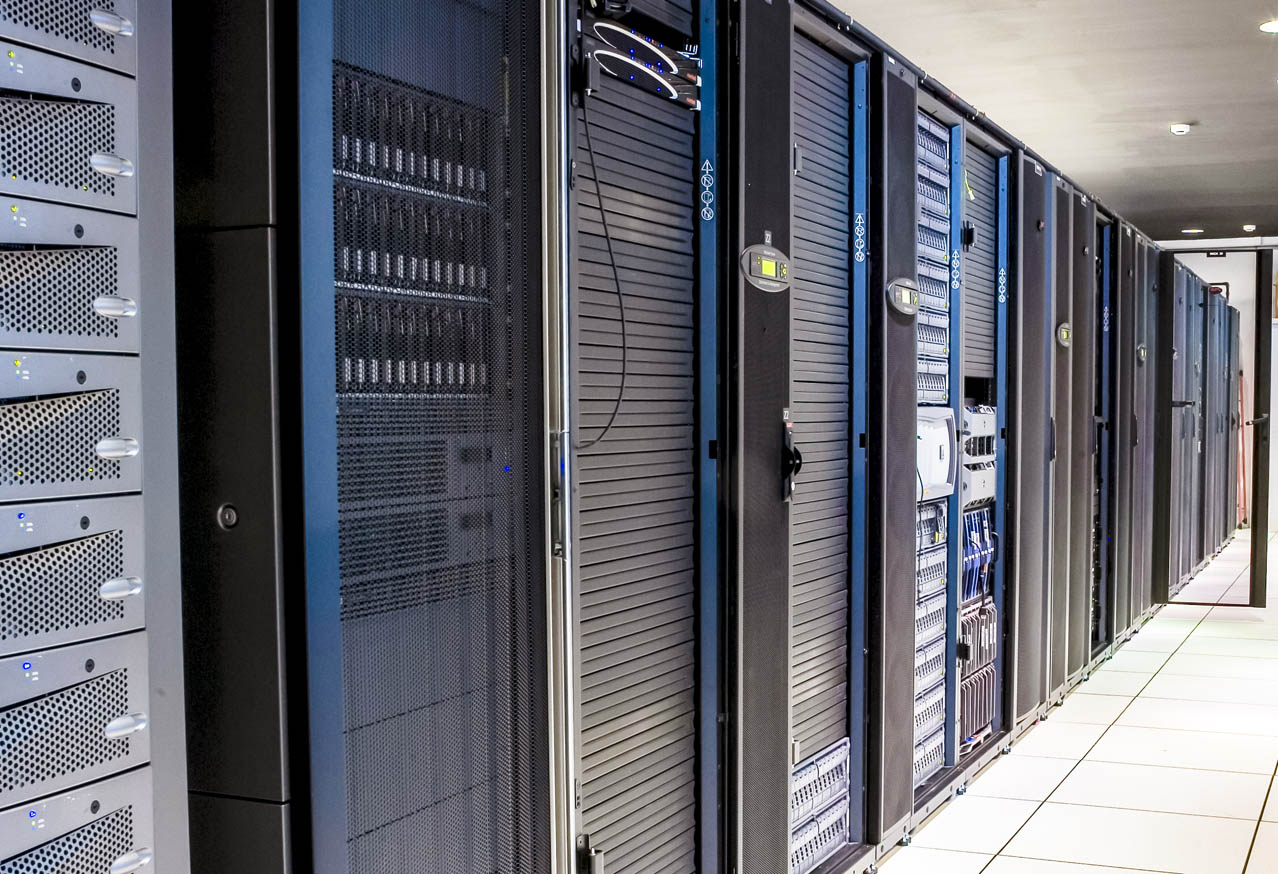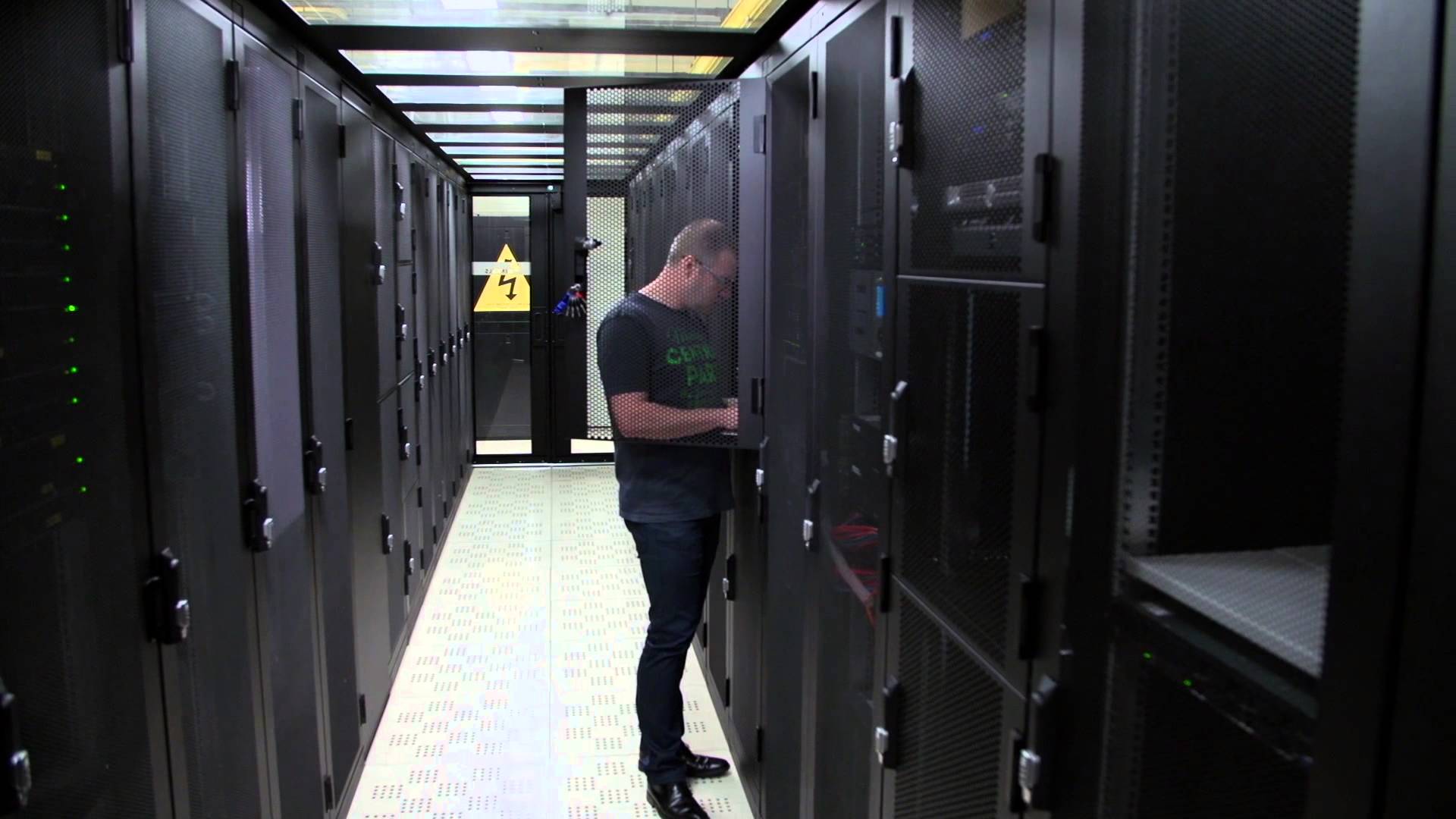Automation as a tool to improve the efficiency of the data center

We, the King Servers company, like everyone, are trying to work efficiently. To do this, we track new technologies and working methods that could be useful in our field. It is clear that over the years, a lot of experience has accumulated - both positive and negative. More precisely, the experience is all positive, but part of it was obtained as a result of solving some problems, not very significant.
These problems include the not-too-efficient work of the data center. Now it is easy to miss some important technology, changing standards or customer needs. And then the problems begin. Leaving a hosting company behind an unresolved issue or problem means slowing down their development and their work.
In order to avoid such a situation, the data center operator must be flexible and quickly introduce changes in response to changing external conditions. If in response to changes to introduce point-like, fragmentary changes, this may haunt companies later on with additional IT costs and a deterioration in the level of equipment maintenance. It is, for example, the introduction of disparate technologies and specific planning tools like the Windows Task Scheduler. All this ultimately leads to inefficient workload management.
')
For my part, I would like to advise you to use common infrastructure solutions that allow you to use scaling without any problems when the need arises. You also need smart IT automation, as the center of the entire infrastructure. This allows you to combine management and control of various systems into a single system, allowing administrators to quickly make changes, if necessary.
When should I use automation? Yes, in all. But among the main ones we identified the following:
Fragmented machine-level planning . Typically, data centers use local solutions for server-level scheduling. But in this case, as mentioned above, the unified management system at the infrastructure level is not used, which makes work difficult.
If, however, planning at the infrastructure level is used, then the work of the operator is greatly simplified. There is a single scheduler where you can see all the data on the data center in real time. This reduces time costs, saves money. A homogeneous, unified planning environment where databases, applications and platforms are indicated is something that the data center operator should use. This is, in fact, a single point of monitoring and control.
Routine and time-consuming tasks that need to be performed manually . Data center employees usually do not have much time. And it is taken away by performing routine, repetitive tasks that need to be performed manually if there is no automation. A single solution at the architectural level can also come to the rescue, as in the previous case. Backups, cleaning tables and temporary files, log management - all these tasks are stably repeated, they take up the working time of the data center team.
But all this can be automated. If you have already done it - just fine. But if not yet, it is worth thinking about using the automation of such tasks. Notifications and monitoring is what will save time and nerves. No running around the data center - everything is monitored by automation. It also allows you to distribute the load of the engineering team in accordance with the needs.
Permanent changes . Regulatory requirements, changing market needs, replacing standards and increasing customer needs are all difficult to solve with the help of fragmented momentary decisions. Worst of all, most of the changes that need to be done will themselves become obsolete in a few years.

Therefore, here we again recommend using architecture-level solutions. This makes the task of scheduling new workings simpler and makes it possible to use scaling, adaptation of new platforms, applications and operating systems.
Security Management . The data center should be equipped with a unified security system, control of which is easiest to carry out from a single center. If you use fragmented solutions, this makes the data center vulnerable to various types of attacks.
Unified security protocols, a single control center reduces the likelihood of unauthorized access to data center resources from the outside and inside. Information security specialists can monitor and audit changes at any time. In addition, roles and access levels can also be automatically distributed, depending on the type of tasks performed by a specific employee.
Management and virtualization . Sooner or later, the data center expands to a level where it becomes difficult for any team of professionals to monitor resources, tasks, problems and all the rest. Therefore, we would advise to use a single solution in order to be able to work with all virtual machines from a single center on the fly. In this case, at any time it will be possible to make sure that resources are used as efficiently as possible, exactly where required.
Smart architectural solutions can also help automate the execution of most of the administrative IT tasks that involve working with virtual resources. For example, new employees can be automatically added to Active Directory by setting up an account in Exchange, a virtual instance and a notification system for an employee.

Work with databases . Automation eliminates the need for "manual" work with databases by administrators. A single solution allows them to work with complex tasks without losing time and resources. All scripts are automated, executed when necessary, where necessary.
In general, automation is not so easy to implement, you need to take into account many things. But if this is done, then you can save a lot of time, nerves and money. Employees are given the opportunity to work where they need to, and not where the most routine work is to be done, which needs to be done over and over. Well, customers get reliable service and equipment.
Source: https://habr.com/ru/post/313090/
All Articles